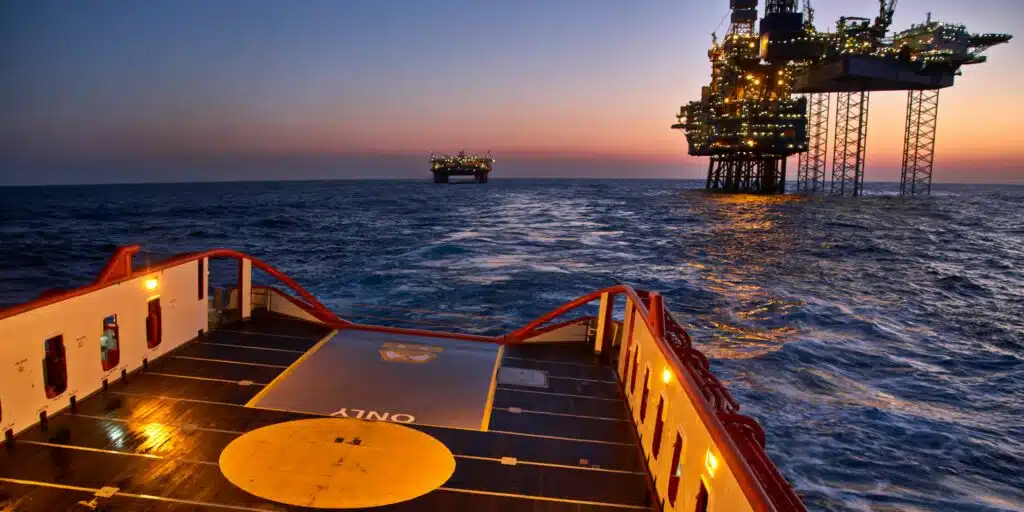
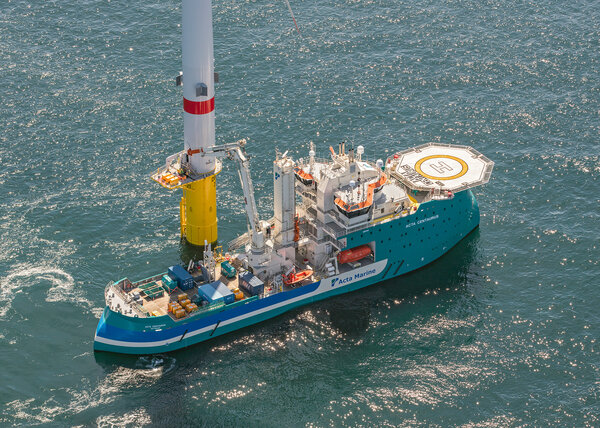


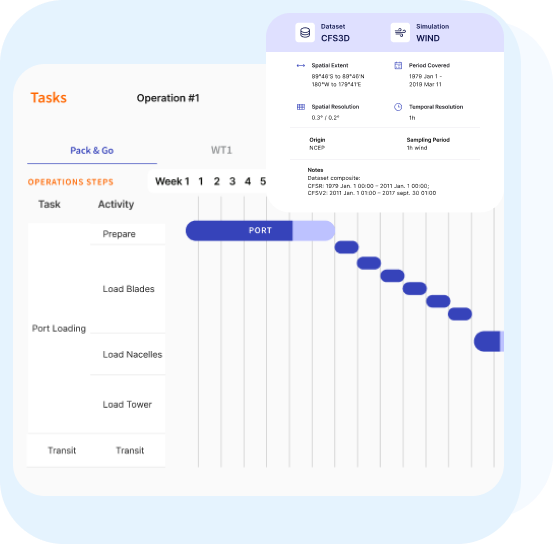

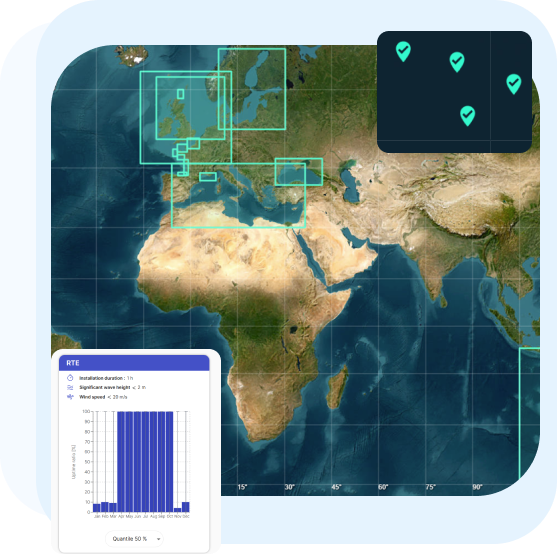
Gain a solid understanding of the fundamental concepts of economics. Explore topics such as supply and demand, market equilibrium, opportunity cost, and the role of incentives in decision-making. Dive into the principles that shape our economic systems and learn how they impact individuals, businesses, and societies.
Offshore projects typically require detailed documentation of weather monitoring procedures, risk assessments, and decision-making processes. Regular reporting on weather-related incidents and near-misses is often mandated to improve industry-wide safety standards.
Personnel involved in weather-dependent operations must receive appropriate training in interpreting weather data and understanding its implications for safety and operational decisions. Certification requirements vary by jurisdiction but are becoming increasingly standardized.
The development of international standards for weather data collection, analysis, and application in offshore operations is ongoing. These standards aim to ensure consistency and reliability across the industry, facilitating better risk management and operational planning.
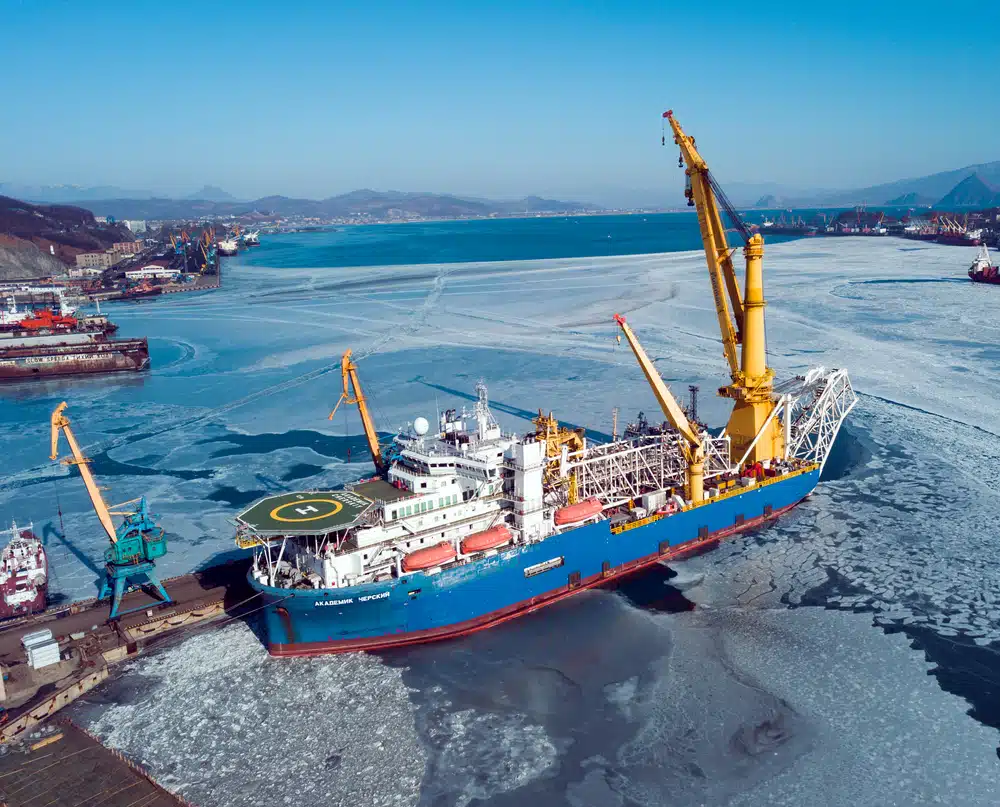


Weather data is crucial for offshore construction and commissioning because it directly impacts safety, operational feasibility, and project timelines. Adverse weather conditions can halt critical operations, endanger personnel, damage equipment, and lead to costly delays. Comprehensive weather data allows project managers to plan effectively, identify suitable weather windows for sensitive operations, and develop contingency plans for potential disruptions.
Weather conditions can significantly impact offshore construction timelines through operational restrictions and safety limitations. Many offshore activities have specific weather thresholds—for example, crane operations typically cannot proceed when wind speeds exceed certain limits, and marine operations may be restricted during high wave conditions. These weather-related standby periods can extend project durations by 20-30% in challenging environments. Additionally, severe weather events can cause damage requiring repairs, further extending timelines.
The most critical weather data for offshore projects includes wind speed and direction, wave height and period, current velocity and direction, visibility conditions, air and sea temperature, and atmospheric pressure. Additionally, specialized data such as lightning risk, precipitation forecasts, and tropical cyclone tracking are essential in certain regions. Both real-time measurements and forecast data are valuable, with particular emphasis on the accuracy of short-term forecasts (24-72 hours) for daily operational planning.
Weather data enhances safety during offshore commissioning by enabling informed decision-making about when to conduct potentially hazardous activities. It helps prevent personnel exposure to dangerous conditions during testing and verification procedures. Weather data also ensures that emergency response capabilities remain effective—for example, by confirming that evacuation methods will function as intended if needed. Furthermore, certain commissioning tests require specific weather conditions to yield accurate results, so proper weather data helps ensure systems are correctly validated before becoming operational.